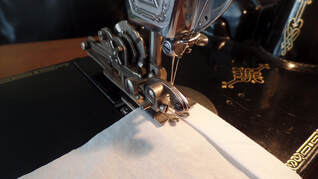 Singer Hemstitcher and Picot Edger attachment Singer Hemstitcher and Picot Edger attachment Ahem...must confess I've never used a hemstitcher until now. Time to rectify that little oversight. So what exactly does a hemstitcher do? Well, according to the box it "does real hemstitching." Hemstitching is a decorative sewing technique for embellishing the hem of linens, handkerchiefs, or garments. It is often used in combination with drawn-thread work to create intricate designs. In the decades before zig-zag sewing machines revolutionized the industry, Singer offered a wide variety of attachments to add versatility and creativity to straight-stitch machines. Hemstitching and picot-edging were introduced in 1934 and were a must-have accessory for the home sewing enthusiast. So how does it work? Let's take a look... 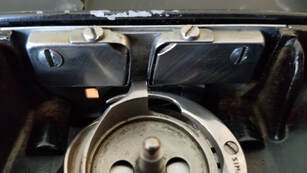 Bobbin case base positioning finger aligned with special throat plate. Bobbin case base positioning finger aligned with special throat plate. I'll be honest here. I've experimented with a lot of vintage machines and accessories and this one nearly had me stumped. Bottom line? You're going to need the instruction manual AND be prepared to do a lot of experimenting to get the top and bottom tension exactly right. If you don't have everything just right you'll have intermittent dropped stitches that make for a really mess. After quite a bit of trial and error here are my key lessons learned:
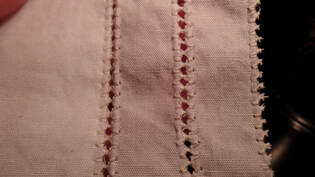 Finished hemstitching and picot edging. Finished hemstitching and picot edging. There are additional adjustments for needle position and stitch width described in the instruction booklet, but I was able to achieve good results without changing those. And the results are well worth worth the effort if you're looking for a unique finish for garments or linens. So if you've got one of these nifty gadgets lurking in your sewing drawer, why not give it a try? Happy Sewing! Barbara OldSewinGear...dedicated to helping you get the most out of your old sewing gear.
9 Comments
I'm finally back in the sewing room and my latest project calls for long decorative ruffled strips. How tedious...sigh... Hold on, didn't Singer make an attachment for that? I'm embarrassed to admit that after all these years of loving, refurbishing, and selling these machine I never actually took the time to learn how to use the ruffler. Time to correct that omission. So today I pulled out my sewing machine manual and learned something new. And let me tell you, the ruffler is a pretty nifty little gadget. As always, I am amazed at how Greist and Singer found ways to make repetitive sewing tasks simple, precise, and fast. Here's what it looks like: So now we've seen it, but how does it work? I could try to describe it, but it's so much better to see it in action.
So there you have it - how to use a ruffler. I'm honestly shocked that I never tried it before. It's actually very easy to use and the results are beautiful. Why not give it a try! Happy Sewing! Barbara OldSewinGear...dedicated to helping you get the most out of your old sewing gear.
|
News, Reviews,
|
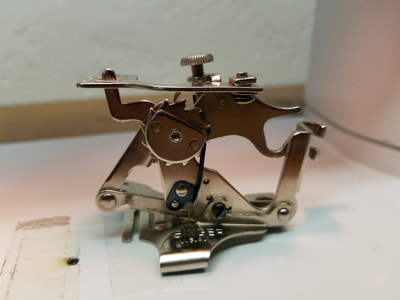
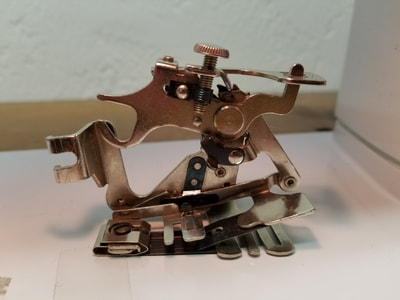
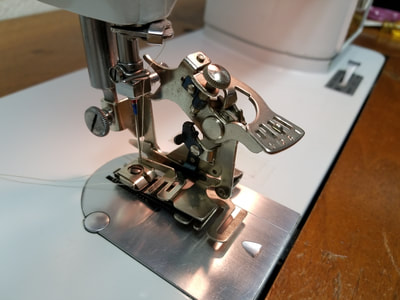
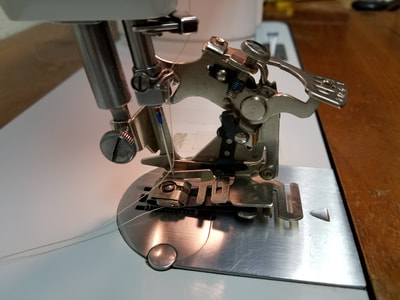
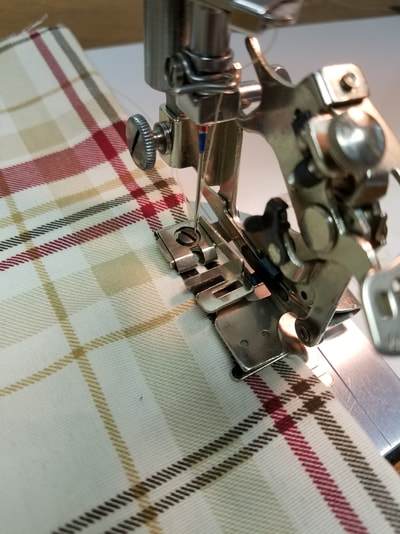
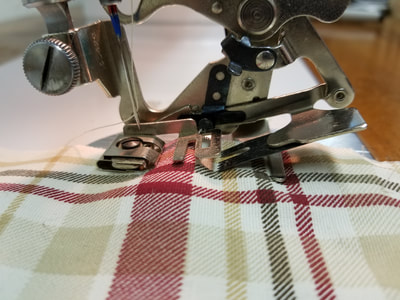
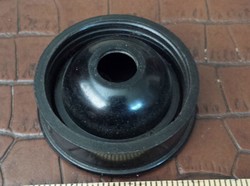
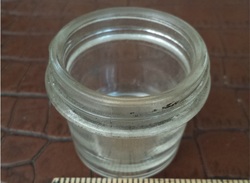
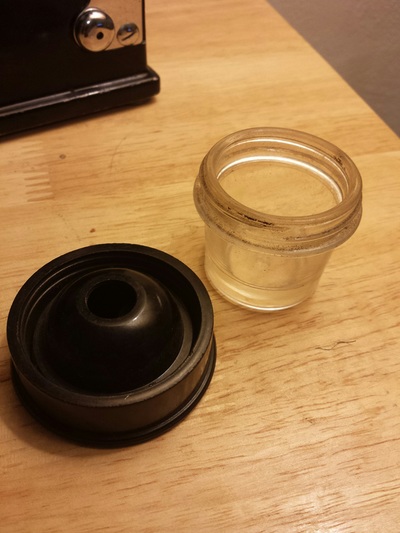
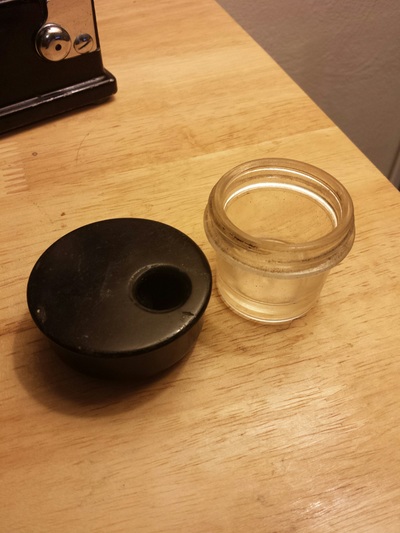
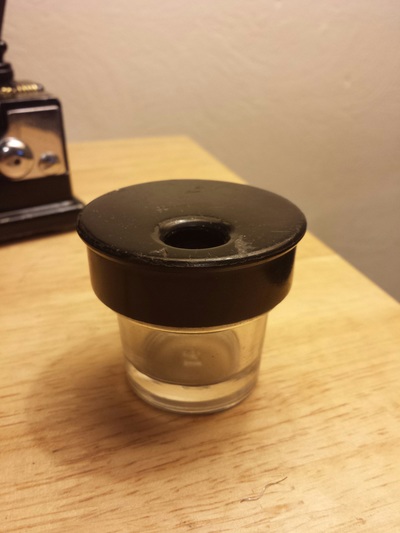
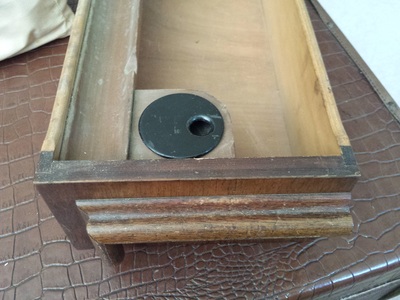
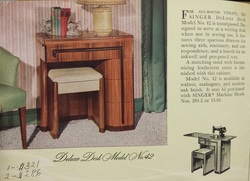
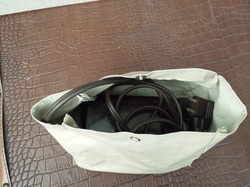
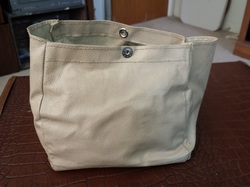
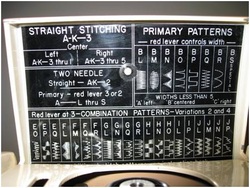
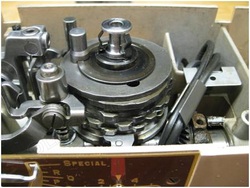
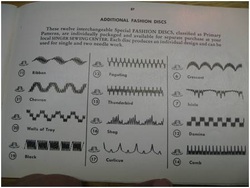
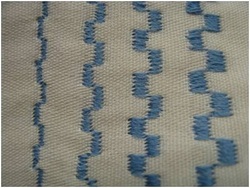
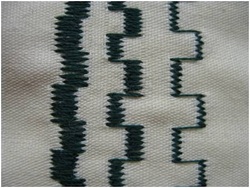
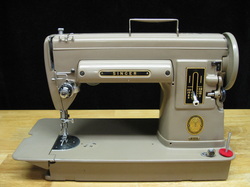
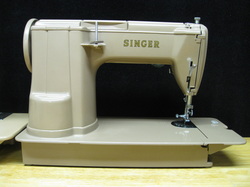
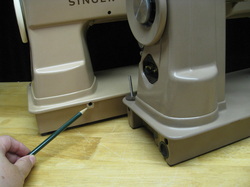
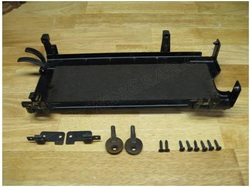
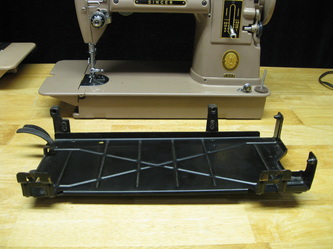
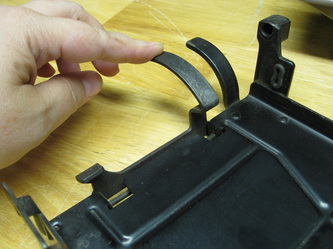
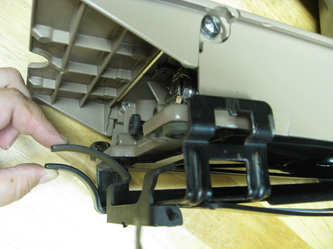
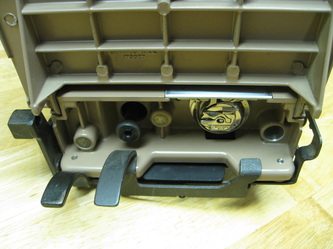
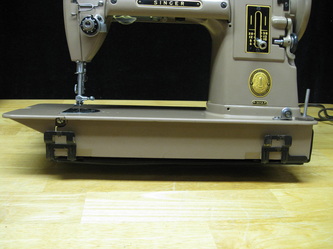
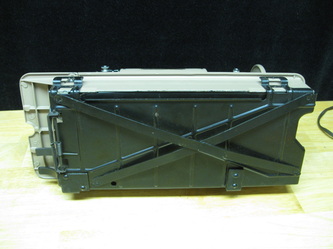
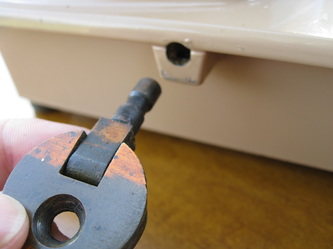
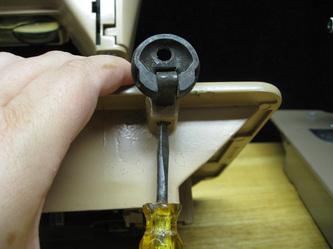
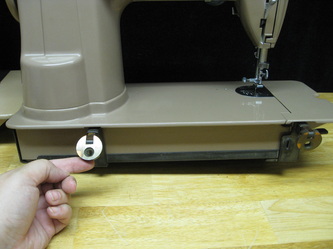
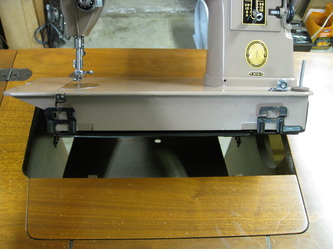
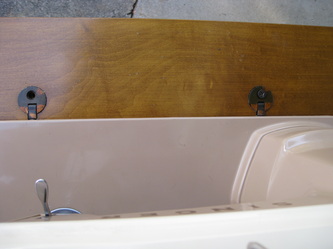
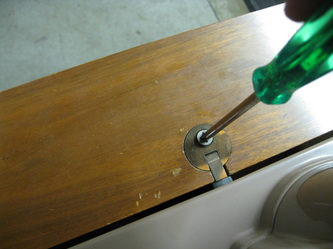
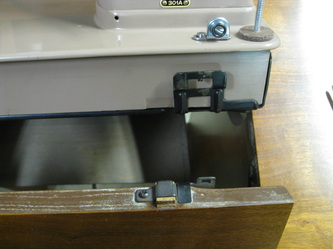
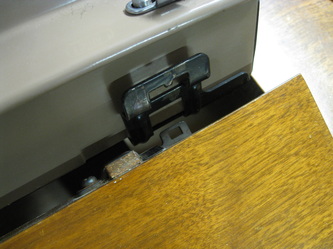
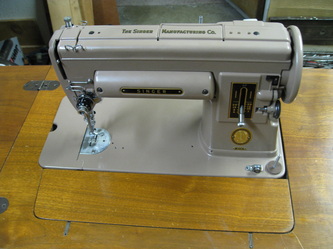
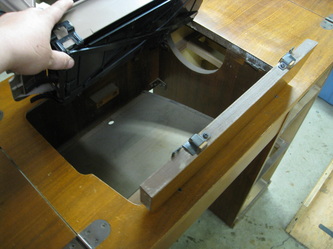
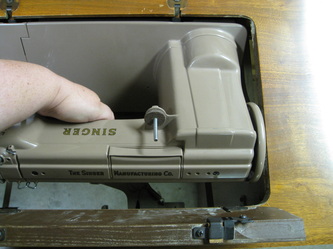
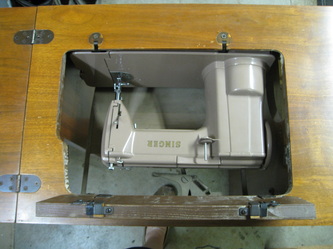
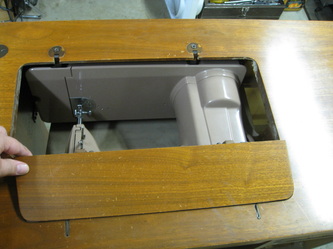
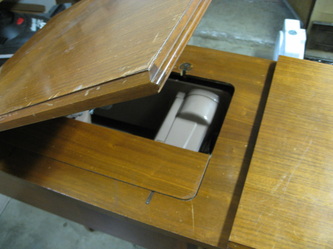
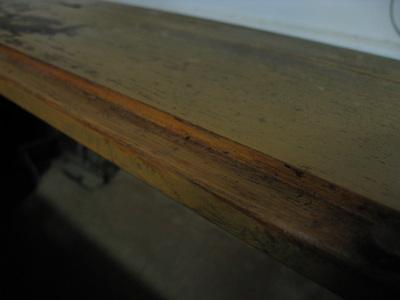
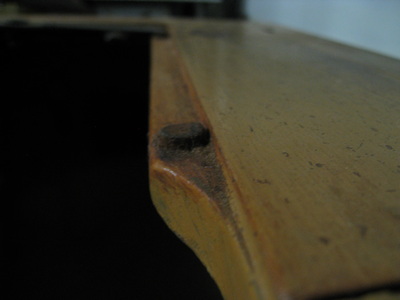
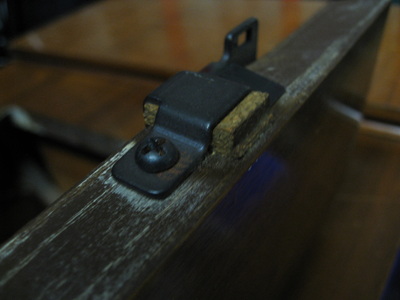
 RSS Feed
RSS Feed